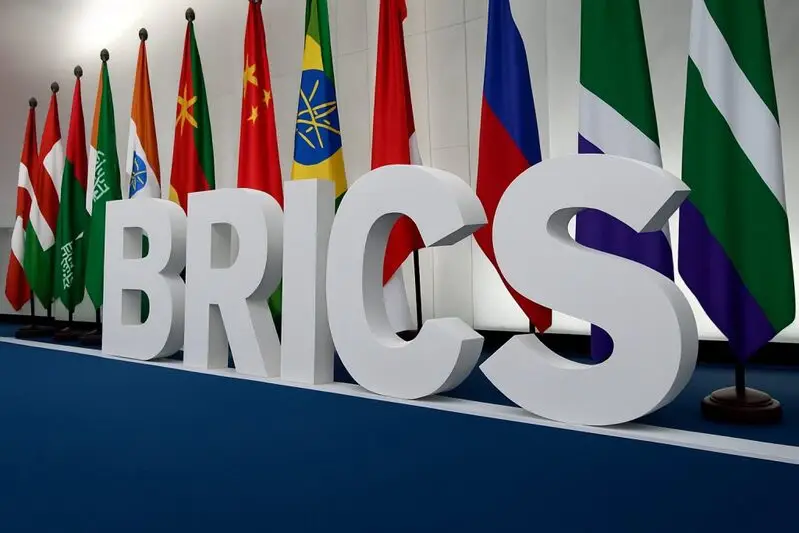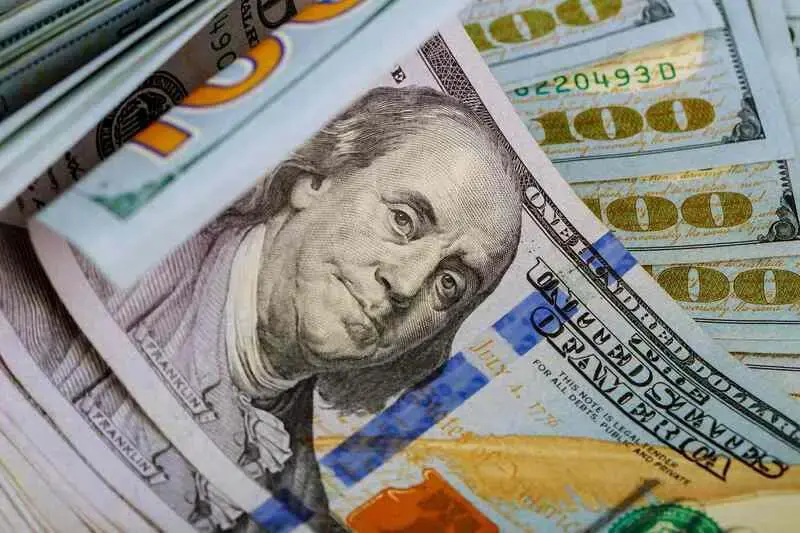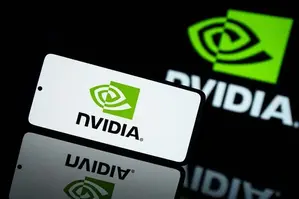BRICS dollar devaluation efforts are gaining real momentum right now as the bloc builds new financial infrastructure to reduce dependence on the US currency. The strategy centers on alternative payment systems and over 6,000 tons of gold reserves that are being held by member nations. With discussions about a new currency intensifying and the de-dollarization mission advancing through tangible assets, the question of whether a BRICS currency is real has moved well beyond speculation. The approach using gold reserves acts as a shield against Western financial pressure while creating systems that simply bypass dollar networks entirely.
Also Read: BRICS Currency Shows Progress, 2026 Launch in View, Say Analysts
BRICS Dollar Devaluation Drives New Currency Plans And De-Dollarization Goals

Payment Infrastructure Advances Dollar Alternatives
At Rio de Janeiro, officials deliberated a new guarantee fund to help finance BRICS countries, and the bloc added it to BRICS Pay, which officials recommended back in 2018 to facilitate local transactions without using Western banks. Swift’s partial exclusion of Russia in early 2022 cost Russian banks almost a quarter of a billion dollars in the first half of 2022 alone, demonstrating the actual financial cost of these exclusions.
China’s central bank governor Pan Gongsheng had this to say:
“Any currency dominated by a single country is vulnerable to being weaponised during geopolitical conflicts.”
G10 central banks along with the European Central Bank oversee Swift, giving Western powers control over who gets to participate. This reality drives the de-dollarization mission forward at the time of writing.
BRCIS De-dollarization Using Gold Reserves Strengthen Currency Plans
The BRICS countries currently possess more than 6,000 tons of gold, which is approximately 20-21 percent of all world central bank reserves. Russia has 2335.85 tons, China has 2298.53 tons, and India has 879.98 tons. The amount of gold in the bloc increased by 22 percent between 2008 and 2021, compared to 5 percent in holdings. Combined, Russia and China own nearly three-quarters of the total gold in the bloc, which gives the strategy on de-dollarization solid feet and gives concrete support to the debate on whether a common currency might work or not.
Local Currency Trading Cuts Dollar Reliance
When companies trade using US dollars, both parties take on currency risk and typically hedge through banks that need dollar liquidity. But BRICS economies conducting more trade in local currencies have leveraged this approach to reduce pressure pretty much entirely. Through numerous significant bilateral agreements, China has been cutting its US Treasury holdings while also pushing trade partners to settle transactions in renminbi.
Egypt issued “panda bonds” denominated in Chinese renminbi as part of broader efforts to diversify, and this demonstrates how certain critical financial innovations are reshaping trade patterns. Trade among global south nations rose from $2.3 trillion in 2007 to $5.6 trillion in 2023, which laid the groundwork for these shifts.
Also Read: Could BRICS Create a Rival to the IMF and World Bank?
The dollar fell more than 10% against major currencies in what’s been its weakest start since 1973 at the time of writing. The path toward dollar devaluation by BRICS is advancing bit by bit through payment systems and gold accumulation rather than immediate currency launches. Across multiple strategic areas, momentum for building alternatives keeps getting stronger, transforming how emerging markets approach international finance.






